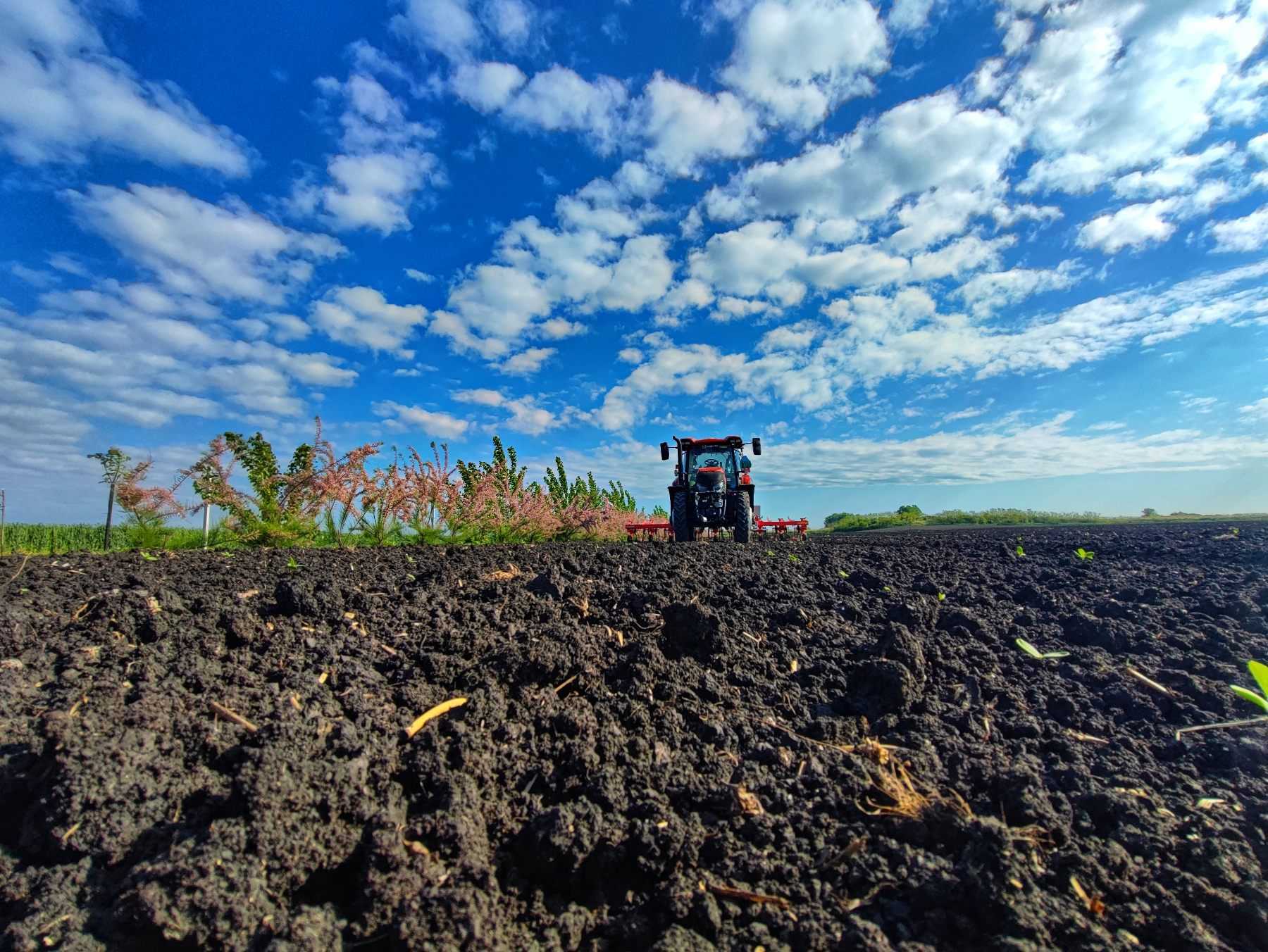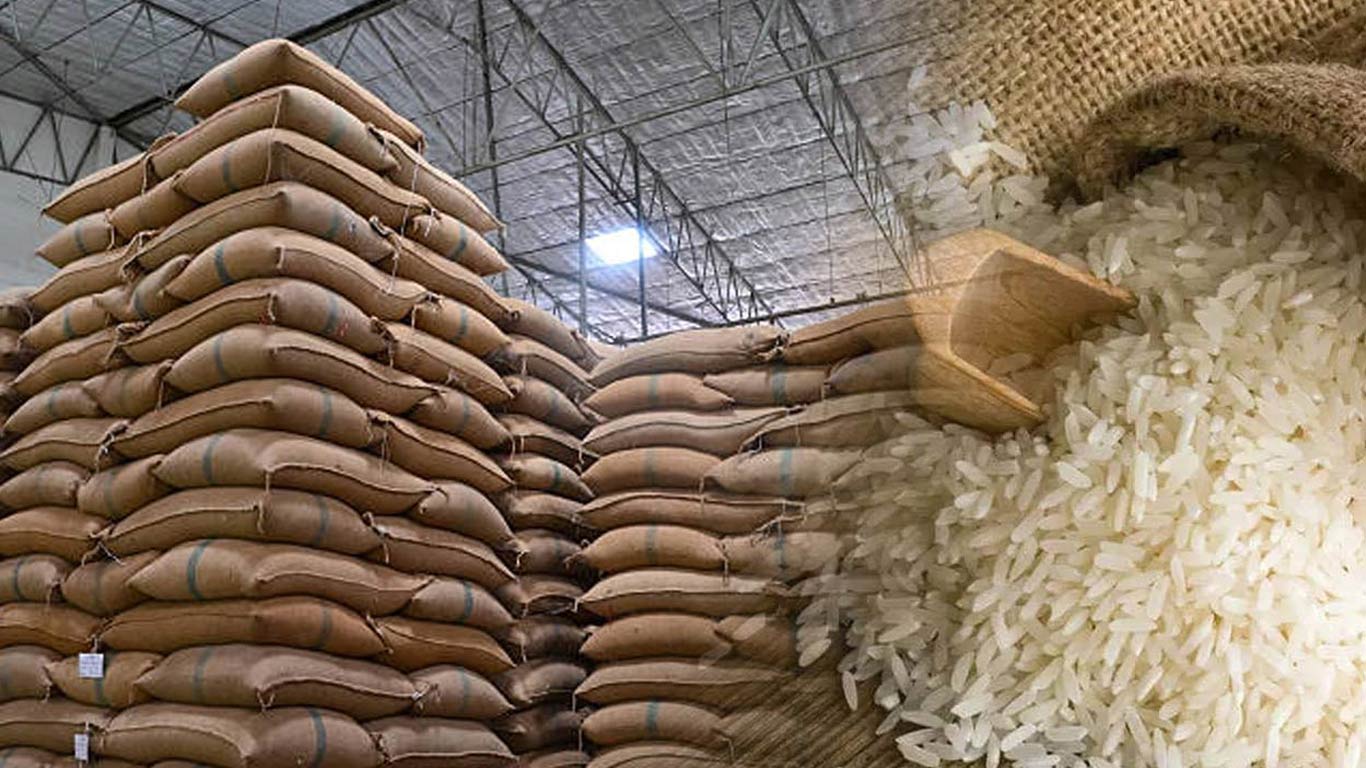Home / agriculture / Organic Farming Techniques for Weed Management Without Chemicals: Sustainable Solutions for a Healthier Harvest
Organic Farming Techniques for Weed Management Without Chemicals: Sustainable Solutions for a Healthier Harvest
By: My India Times
25 minutes read 94Updated At: 2025-01-30

Weeds are one of the most persistent challenges farmers face, competing with crops for nutrients, water, and sunlight. In organic farming, where synthetic herbicides are off the table, managing weeds requires a combination of innovative techniques, strategic planning, and a deep understanding of ecological balance. This article explores top-notch organic weed management strategies that not only control weeds effectively but also promote soil health and biodiversity.
1. Mulching: Nature’s Weed Barrier
Mulching is one of the most effective and widely used organic weed control methods. By covering the soil with organic or inorganic materials, farmers can suppress weed growth while retaining soil moisture and regulating temperature.
Organic Mulches: Materials like straw, grass clippings, wood chips, and leaves decompose over time, enriching the soil with nutrients.
Inorganic Mulches: Black plastic or landscape fabric can be used to block sunlight, preventing weed germination.
Benefits:
Reduces the need for manual weeding.
Improves soil structure and fertility over time.
Conserves water by reducing evaporation.
2. Crop Rotation and Diversification: Disrupting Weed Cycles
Crop rotation involves changing the type of crop grown in a particular field each season. This practice disrupts the life cycle of weeds that thrive on specific crops, reducing their prevalence over time.
Example: Alternating between legumes (e.g., beans) and cereals (e.g., wheat) can break weed cycles and improve soil nitrogen levels.
Intercropping: Growing two or more crops together can create a dense canopy that shades out weeds.
Benefits:
Reduces weed adaptation and resistance.
Enhances soil health and biodiversity.
Increases overall farm productivity.
3. Cover Crops: Living Mulches for Weed Suppression
Cover crops, such as clover, rye, and vetch, are planted during off-seasons or alongside main crops to cover the soil and suppress weeds. These plants compete with weeds for resources and can also release natural chemicals that inhibit weed growth (allelopathy).
Benefits:
Prevents soil erosion and improves soil structure.
Adds organic matter to the soil when tilled under.
Provides habitat for beneficial insects.
4. Mechanical Weed Control: Precision and Efficiency
Mechanical methods involve physically removing weeds or disrupting their growth. These techniques are labor-intensive but highly effective when done correctly.
Hand Weeding: Ideal for small-scale farms or gardens, hand weeding ensures precise removal of weeds without damaging crops.
Hoeing and Cultivation: Using tools like hoes or tractor-mounted cultivators to uproot weeds between crop rows.
Flame Weeding: Applying controlled flames to burn young weeds, particularly effective in row crops.
Benefits:
Immediate and visible results.
No chemical residues left in the soil or crops.
Can be tailored to specific weed species and crop types.
5. Soil Health Management: Building Resilience Against Weeds
Healthy soil is the foundation of successful organic farming. By improving soil structure and fertility, farmers can create conditions that favor crops over weeds.
Composting: Adding organic compost improves soil health, making it more difficult for weeds to establish.
Proper Irrigation: Drip or soaker hoses deliver water directly to crop roots, reducing moisture availability for weeds.
Balanced pH: Maintaining optimal soil pH ensures crops thrive, outcompeting weeds.
Benefits:
Enhances crop vigor and yield.
Reduces weed pressure naturally.
Promotes long-term sustainability.
6. Biological Control: Harnessing Nature’s Allies
Biological weed control involves using natural predators, insects, or microorganisms to manage weed populations. While less common than other methods, it can be highly effective in certain contexts.
Grazing Animals: Livestock like goats or sheep can be used to graze on weeds in pastures or orchards.
Weed-Specific Insects: Some insects feed exclusively on specific weed species, providing targeted control.
Benefits:
Environmentally friendly and sustainable.
Reduces reliance on manual or mechanical labor.
Supports ecosystem balance.
7. Timely Planting and Spacing: Outcompeting Weeds
Planting crops at the right time and spacing them appropriately can give them a competitive edge over weeds.
Early Planting: Establishing crops before weeds emerge allows them to grow stronger and shade out weeds.
Optimal Spacing: Dense planting reduces the space and resources available for weeds to grow.
Benefits:
Maximizes crop growth and yield.
Minimizes weed establishment and spread.
Reduces the need for additional weed control measures.
Conclusion: A Holistic Approach to Weed Management
Organic weed management is not about eliminating weeds entirely but about keeping them under control while maintaining ecological balance. By combining techniques like mulching, crop rotation, cover cropping, and mechanical control, farmers can create a resilient system that minimizes weed pressure without relying on harmful chemicals.
The key to success lies in understanding the unique conditions of your farm and adopting a tailored, integrated approach. With patience, persistence, and a commitment to sustainable practices, organic farmers can achieve healthy, productive fields that benefit both people and the planet. By prioritizing soil health, biodiversity, and innovation, organic weed management becomes not just a challenge but an opportunity to cultivate a thriving, sustainable future.
....Weeds are one of the most persistent challenges farmers face, competing with crops for nutrients, water, and sunlight. In organic farming, where synthetic herbicides are off the table, managing weeds requires a combination of innovative techniques, strategic planning, and a deep understanding of ecological balance. This article explores top-notch organic weed management strategies that not only control weeds effectively but also promote soil health and biodiversity.
1. Mulching: Nature’s Weed Barrier
Mulching is one of the most effective and widely used organic weed control methods. By covering the soil with organic or inorganic materials, farmers can suppress weed growth while retaining soil moisture and regulating temperature.
Organic Mulches: Materials like straw, grass clippings, wood chips, and leaves decompose over time, enriching the soil with nutrients.
Inorganic Mulches: Black plastic or landscape fabric can be used to block sunlight, preventing weed germination.
Benefits:
Reduces the need for manual weeding.
Improves soil structure and fertility over time.
Conserves water by reducing evaporation.
2. Crop Rotation and Diversification: Disrupting Weed Cycles
Crop rotation involves changing the type of crop grown in a particular field each season. This practice disrupts the life cycle of weeds that thrive on specific crops, reducing their prevalence over time.
Example: Alternating between legumes (e.g., beans) and cereals (e.g., wheat) can break weed cycles and improve soil nitrogen levels.
Intercropping: Growing two or more crops together can create a dense canopy that shades out weeds.
Benefits:
Reduces weed adaptation and resistance.
Enhances soil health and biodiversity.
Increases overall farm productivity.
3. Cover Crops: Living Mulches for Weed Suppression
Cover crops, such as clover, rye, and vetch, are planted during off-seasons or alongside main crops to cover the soil and suppress weeds. These plants compete with weeds for resources and can also release natural chemicals that inhibit weed growth (allelopathy).
Benefits:
Prevents soil erosion and improves soil structure.
Adds organic matter to the soil when tilled under.
Provides habitat for beneficial insects.
4. Mechanical Weed Control: Precision and Efficiency
Mechanical methods involve physically removing weeds or disrupting their growth. These techniques are labor-intensive but highly effective when done correctly.
Hand Weeding: Ideal for small-scale farms or gardens, hand weeding ensures precise removal of weeds without damaging crops.
Hoeing and Cultivation: Using tools like hoes or tractor-mounted cultivators to uproot weeds between crop rows.
Flame Weeding: Applying controlled flames to burn young weeds, particularly effective in row crops.
Benefits:
Immediate and visible results.
No chemical residues left in the soil or crops.
Can be tailored to specific weed species and crop types.
5. Soil Health Management: Building Resilience Against Weeds
Healthy soil is the foundation of successful organic farming. By improving soil structure and fertility, farmers can create conditions that favor crops over weeds.
Composting: Adding organic compost improves soil health, making it more difficult for weeds to establish.
Proper Irrigation: Drip or soaker hoses deliver water directly to crop roots, reducing moisture availability for weeds.
Balanced pH: Maintaining optimal soil pH ensures crops thrive, outcompeting weeds.
Benefits:
Enhances crop vigor and yield.
Reduces weed pressure naturally.
Promotes long-term sustainability.
6. Biological Control: Harnessing Nature’s Allies
Biological weed control involves using natural predators, insects, or microorganisms to manage weed populations. While less common than other methods, it can be highly effective in certain contexts.
Grazing Animals: Livestock like goats or sheep can be used to graze on weeds in pastures or orchards.
Weed-Specific Insects: Some insects feed exclusively on specific weed species, providing targeted control.
Benefits:
Environmentally friendly and sustainable.
Reduces reliance on manual or mechanical labor.
Supports ecosystem balance.
7. Timely Planting and Spacing: Outcompeting Weeds
Planting crops at the right time and spacing them appropriately can give them a competitive edge over weeds.
Early Planting: Establishing crops before weeds emerge allows them to grow stronger and shade out weeds.
Optimal Spacing: Dense planting reduces the space and resources available for weeds to grow.
Benefits:
Maximizes crop growth and yield.
Minimizes weed establishment and spread.
Reduces the need for additional weed control measures.
Conclusion: A Holistic Approach to Weed Management
Organic weed management is not about eliminating weeds entirely but about keeping them under control while maintaining ecological balance. By combining techniques like mulching, crop rotation, cover cropping, and mechanical control, farmers can create a resilient system that minimizes weed pressure without relying on harmful chemicals.
The key to success lies in understanding the unique conditions of your farm and adopting a tailored, integrated approach. With patience, persistence, and a commitment to sustainable practices, organic farmers can achieve healthy, productive fields that benefit both people and the planet. By prioritizing soil health, biodiversity, and innovation, organic weed management becomes not just a challenge but an opportunity to cultivate a thriving, sustainable future.
By: My India Times
Updated At: 2025-01-30
Tags: agriculture News | My India Times News | Trending News | Travel News
Join our WhatsApp Channel






































































































.png)
 (1).png)























